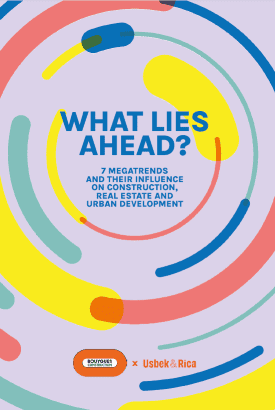
The Nord Deux Sèvres Hospital (CHNDS) : a pilot worksite for digital modelling
4 minutes of reading
A month ago, over 2,000 people came to visit it and discover its entrance hall, buildings, emergency room and imaging centre. Today, this brand new Nord Deux-Sèvres hospital welcomed its first patient. Let’s take a look back at one of our most technologically advanced worksites in terms of digital modelling.
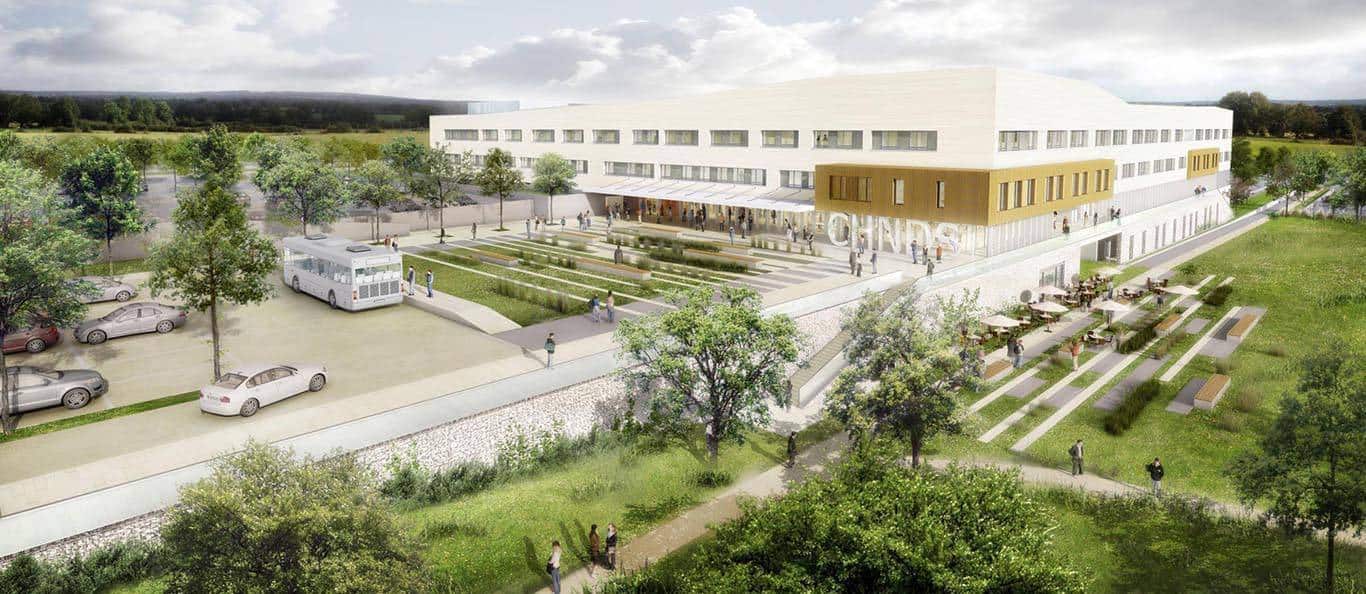
From the complexity and density of the works to the numerous technical networks involved and extremely tight deadlines, difficulties abounded on this project for a brand new Nord Deux-Sèvres Hospital. These challenges did not intimidate worksite players, and the teams went above and beyond in overcoming them, thanks in great part to innovation.
 During the structural works phase, it was possible to experiment with various use cases and modelling often helped explain the work to the site workers and adapt resources at a moment’s notice, saving precious time on the project’s progress. Lastly, the digital model was brought to the worksite using a tablet, which served to lift reservations and monitor the finishings of the structural works.
During the structural works phase, it was possible to experiment with various use cases and modelling often helped explain the work to the site workers and adapt resources at a moment’s notice, saving precious time on the project’s progress. Lastly, the digital model was brought to the worksite using a tablet, which served to lift reservations and monitor the finishings of the structural works.

Digital modelling to support the execution stage
The Bouygues Construction teams took four months to create a digital model of the project; an exact replica of the future works which companies from different technical trades merged with their own models. With these overlays and the involvement of the players early in the modelling, conflicts (both between different networks and between networks and structures) were very quickly detected and resolved.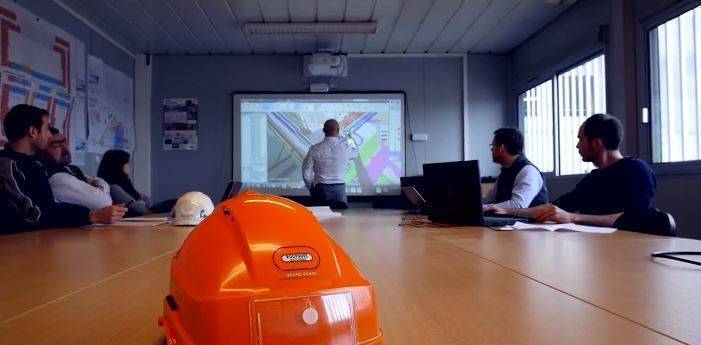 During the structural works phase, it was possible to experiment with various use cases and modelling often helped explain the work to the site workers and adapt resources at a moment’s notice, saving precious time on the project’s progress. Lastly, the digital model was brought to the worksite using a tablet, which served to lift reservations and monitor the finishings of the structural works.
During the structural works phase, it was possible to experiment with various use cases and modelling often helped explain the work to the site workers and adapt resources at a moment’s notice, saving precious time on the project’s progress. Lastly, the digital model was brought to the worksite using a tablet, which served to lift reservations and monitor the finishings of the structural works.
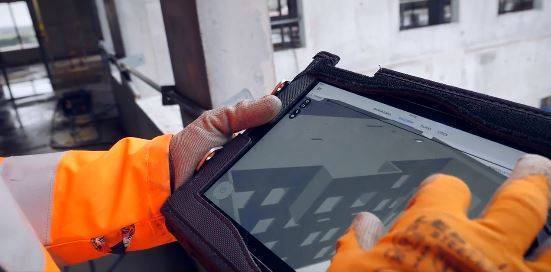
Virtual reality for stakeholder participation
Augmented reality involved the future hospital staff very early on and enabled the project to meet expectations. Surgeons visualised and validated all technical terminals in the operating rooms. The same process was then used for signage.Lean management applied to the worksites
Lean management, from daily work speed monitoring by the site workers themselves to communication with the project owner on optimising the tasks to be accomplished, has been put into practice by Bouygues Bâtiment Centre Sud-Ouest and Grand Ouest site workers assigned to structural works and organised into autonomous teams for the occasion. It was a success, as the scope of the approach broadened with the creation of the “incubator,” a space that served as a meeting point between site foremen in charge of technical trades and those in charge of specialised work for regular meetings with updates on the project’s progress.Most read
More reading
Read also

Article
20 minutes of reading

Energy
in partnership with


‘Paris at 50°C’: a fact-finding mission to prepare Paris for future heatwaves
Article
2 minutes of reading
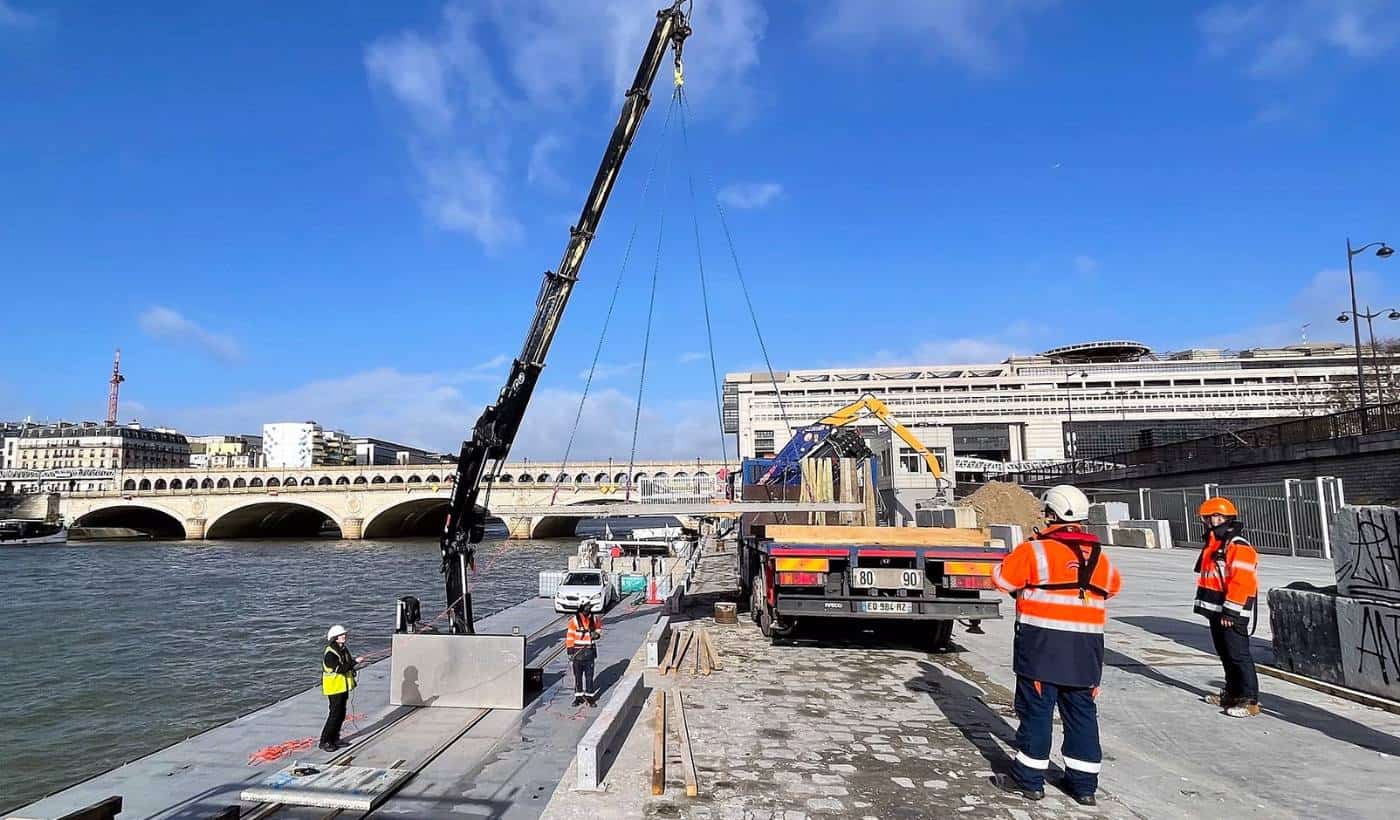
What if your sites were supplied via rivers instead of roads?
Article
3 minutes of reading



